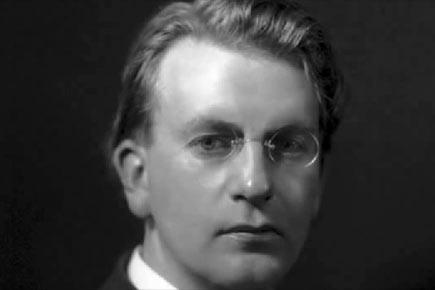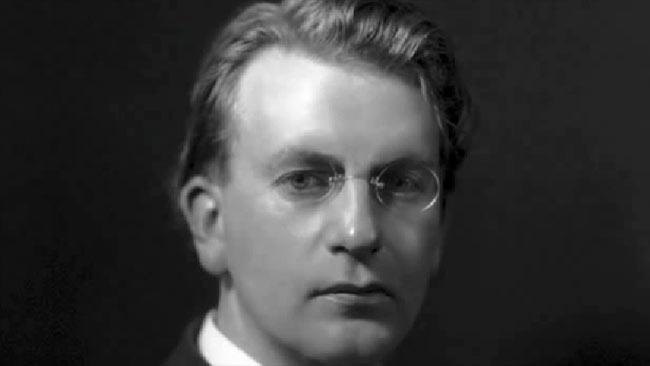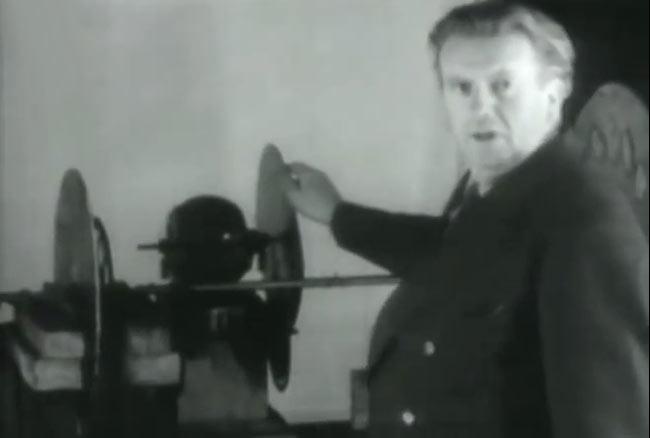Scottish engineer and innovator John Logie Baird performed the first test of a working television system on this day in 1925. We present some facts and trivia about the inventor and his famous innovation

John Logie Baird, inventor of the television, mechanical television, invention of the TV, Technology, trivia special
John Logie Baird successfully transmitted the first television picture in his laboratory. It was a greyscale image, a ventriloquist's dummy named Stooky Bill, a 30-line vertically scanned image, at five pictures per second.

Pic Courtesy YouTube
ADVERTISEMENT
Baird went downstairs and fetched an office worker, 20-year-old William Edward Taynton, to see what a human face would look like, and Taynton became the first person to be televised in a full tonal range.
Looking for publicity, Baird visited the Daily Express newspaper to promote his invention. The news editor was terrified and he was quoted by one of his staff as saying: "For God's sake, go down to reception and get rid of a lunatic who's down there. He says he's got a machine for seeing by wireless! Watch him — he may have a razor on him."
On 26 January 1926, Baird repeated the transmission for members of the Royal Institution and a reporter from The Times in his laboratory at 22 Frith Street in the Soho district of London.

John Logie Baird demonstrates his invention. Pic/Courtesy YouTube
By this time, he had improved the scan rate to 12.5 pictures per second. It was the first demonstration of a television system that could broadcast live moving images with tone graduation.
He demonstrated the world's first colour transmission on 3 July 1928, using scanning discs at the transmitting and receiving ends with three spirals of apertures, each spiral with a filter of a different primary colour; and three light sources at the receiving end, with a commutator to alternate their illumination.
That same year he also demonstrated stereoscopic television.
In 1928, he developed an early video recording device, which he dubbed Phonovision. The system consisted of a large Nipkow disk attached by a mechanical linkage to a conventional 78-rpm record-cutting lathe. The result was a disc that could record and play back a 30-line video signal. Technical difficulties with the system prevented its further development, but some of the original phonodiscs have been preserved, and have since been restored by Donald McLean, a Scottish electrical engineer.
 Subscribe today by clicking the link and stay updated with the latest news!" Click here!
Subscribe today by clicking the link and stay updated with the latest news!" Click here!







